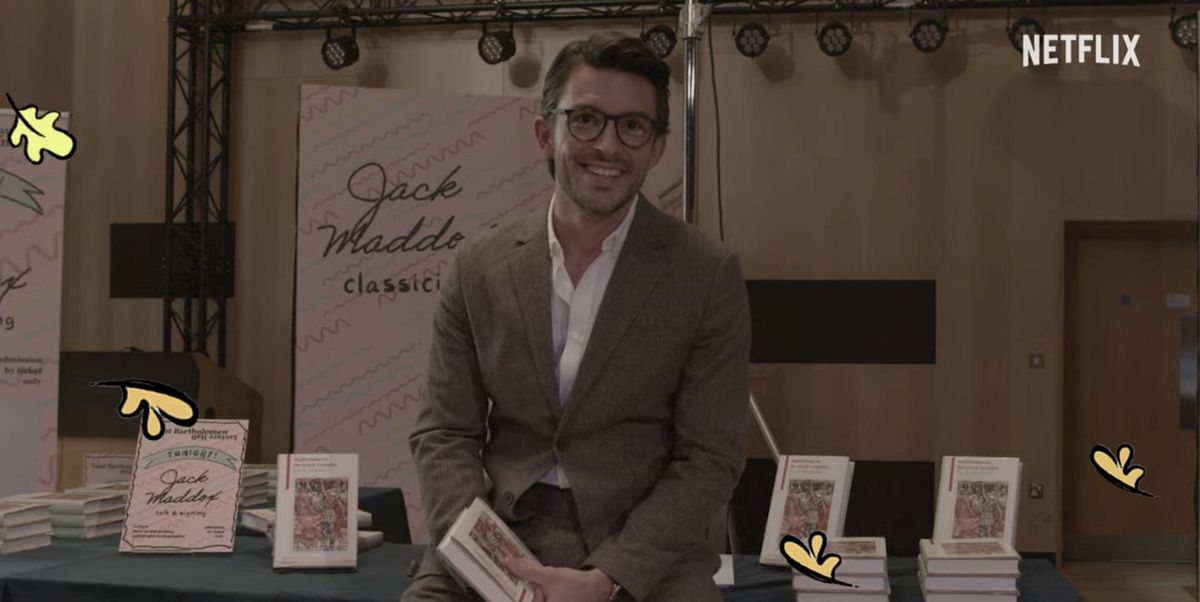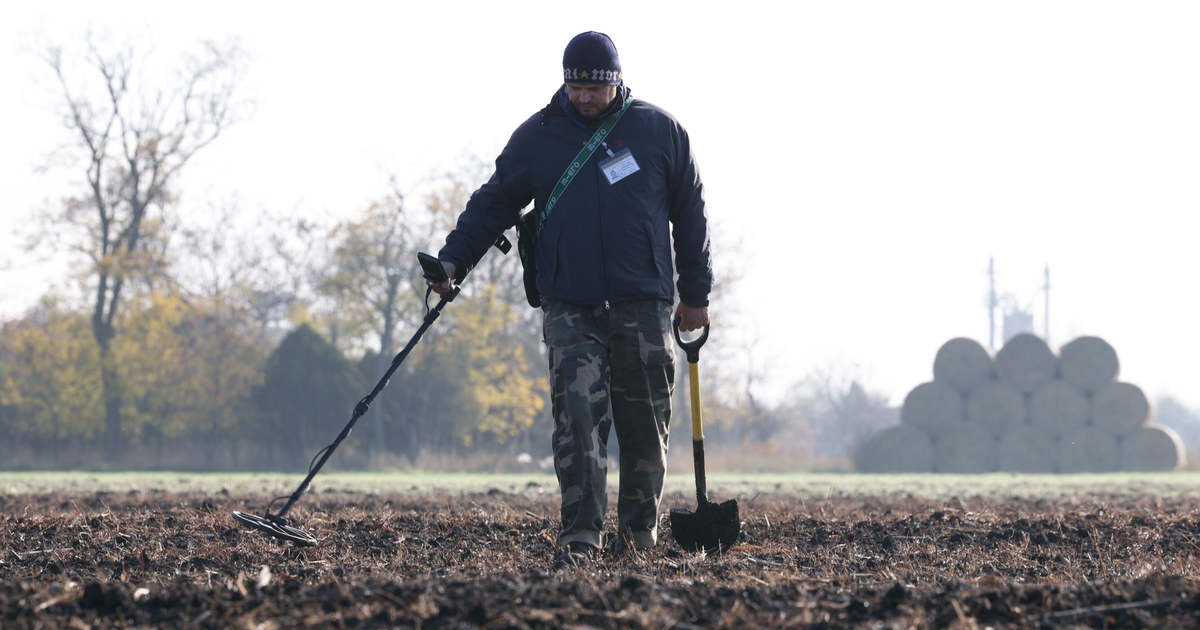Experimental excavation in the barracks at Vasarheli, field work and search for metal detectors along the Maroslili Road, and processing of the rich artifacts collected on the northern border of the city. Employees of the public collection work about the same time in the field and in the museum.
Don’t miss this!
Another suspicious real estate case appeared in the capital
The remains of a Sarmatian tomb are supposed to have been discovered by the staff of the Janos Tournai Museum in Vasarheli during an obligatory archaeological tour. The existence of the presumed tomb may be confirmed by further research. According to archaeologist and museum Victor Chani, the first findings are exciting: in the arable land near the Maroselli Via, only fragments of pottery from the Arpad period were found on the surface, as well as some artifacts from prehistoric and Roman times. In addition to medieval objects such as III. A money bowl issued by Bella which is 11-12. Indicates a settlement from the 16th century, they had a small Roman bronze coin from the 4th century and a settlement supposedly from the 2nd-4th century. Cast Roman Bronze Horn Belt Decoration. Archaeologists believe that a Sarmatian tomb has been found as well as an Árpádian settlement, due in part to a lack of ceramic finds.

Viktor Csányi and Imre Kocsis on a field trip.
Arable land as an interesting research area
– A 2-4. In the 16th century, the Sarmatians who lived here buried their dead in abundance with objects and tools. These burials were often stolen, so some fragments could have entered the upper layers. The intensively cultivated agricultural fields affected by the settlements of Sarmatia are very rich in artefacts, but the opposite is found in the studied area along the Maroslili road. Therefore, it can be assumed that we found traces of a burial place, as confirmed by Victor Chaney.
Archaeologists have been searching for a plot of land along Maroselli Road that is currently being cultivated. It is required to study the impact of heritage protection for the construction of the newly designated continent, as part of which the competent museum staff will go on an archaeological field trip. An extensively cultivated agricultural field is an ideal area for research, especially if his archaeological involvement is already known. Just like on the Maroslelei Road section.

A portion of the pottery ridge at Árpádian also appeared among the finds. Photo: Chapa Karnock
Experimental excavations were carried out in the barracks
Recently, the staff of the Vásárhely Museum, which has an area of about forty square meters of a planned new chapel, worked on an experimental dig in the barracks in Vásárhely. Here, too, the search was justified by the well-known archaeological site as a specific obligatory task. The staff of the Tornyai Museum did not notice any archaeological phenomenon, but as Victor Chaney said, the bound soil was difficult to move even with current mechanical technology. Very loamy and lush ground soils were found with a depth of about a meter and a half, which is not surprising in a deep area that was once covered with water. The moon-shaped lake containing islands is known from contemporary maps. From here, for example, the Kubanci Plain, the border island of Nagysziget, emerges.
The search was conducted on the northern border
In parallel with the excavations, the finds collected at the northern border of Vassarli will be sorted and arranged. The areas between Szentesi and Rárósi út, which were searched for three years from 2016, and the gold branch boundary section were first drawn by Katalin Vályi in the 1970s. Now, basically, topographical data from fifty years ago has been compared with the results of recent fieldwork. In total, more than 25,000 finds were collected from an area of about 80 square kilometers, the processing and evaluation of which is already in its final stages. In addition to field work, so-called modern non-destructive archaeological methods such as magnetic surveys and photogrammetry based on drone recordings were also used.
As archaeologist and museum archaeologist Victor Chaney told our newspaper: In the 1970s, archaeologists could not yet use an official map, redrawing old archival and survey models, and marking sites excavated on them. On the other hand, this leads to inaccuracies and differences. On the other hand, in the past they were mainly concentrated in higher areas along former waterways, but in the meantime it was revealed that the depths of the earth are hidden in many other places. The northern frontier examined is part of the country’s largest rural city, and sixty percent of the finds found here are Sarmatian.
The Sarmatians, who once lived in Hungary, Serbia and Romania, left an astonishing amount of discoveries on the Great Plain. In total, there are not as many material relics from the Arbidian period as there are for the Roman people, who lived here from the East, sometimes as allies with the Romans, sometimes as enemies for 3-400 years. Victor Chanyi asserted that the discoveries of the rich reveal their stability, strength, and socio-economic structure, and that the great plain, with excellent facilities and well protected by its swamps, provides a suitable home for their rich culture.






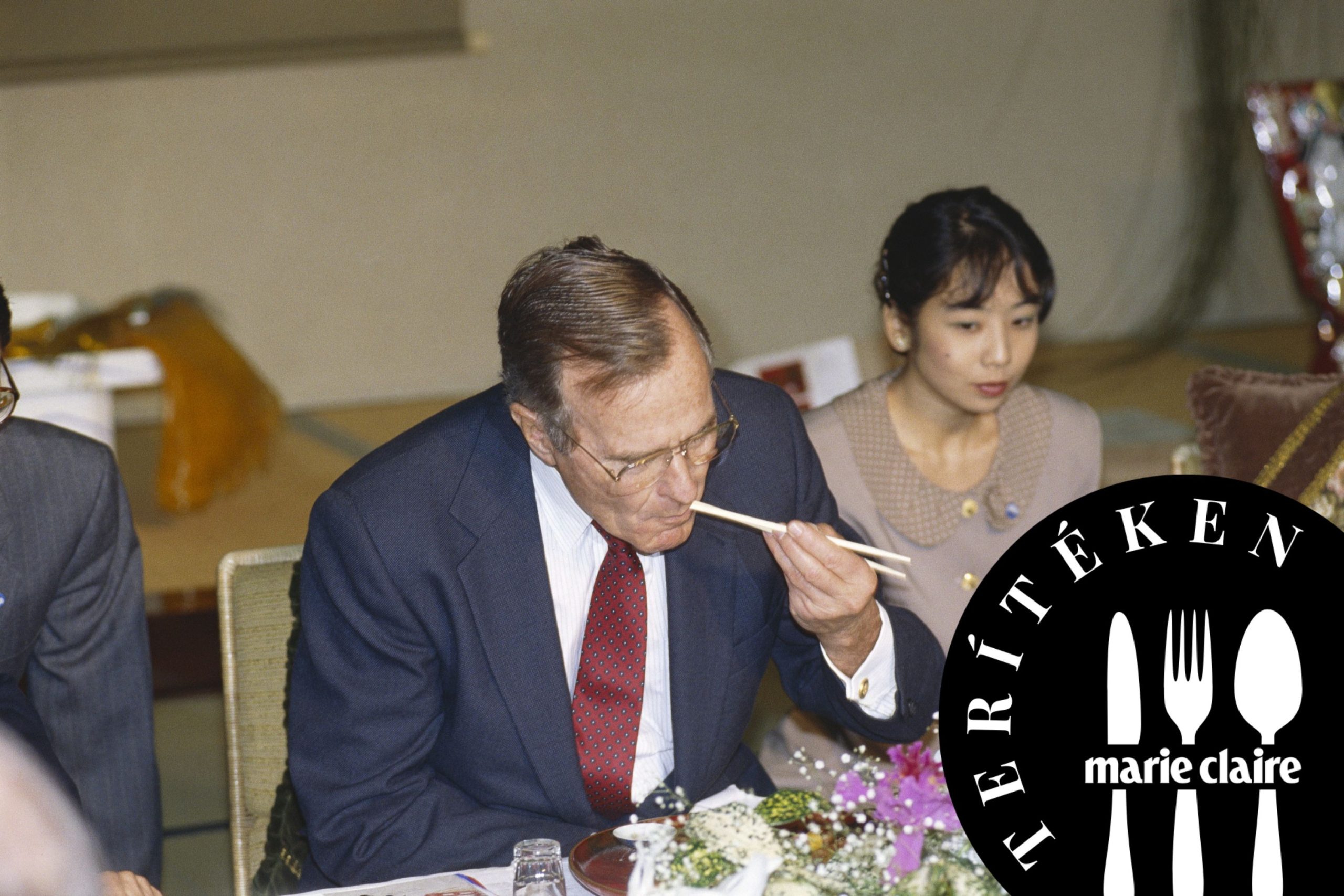
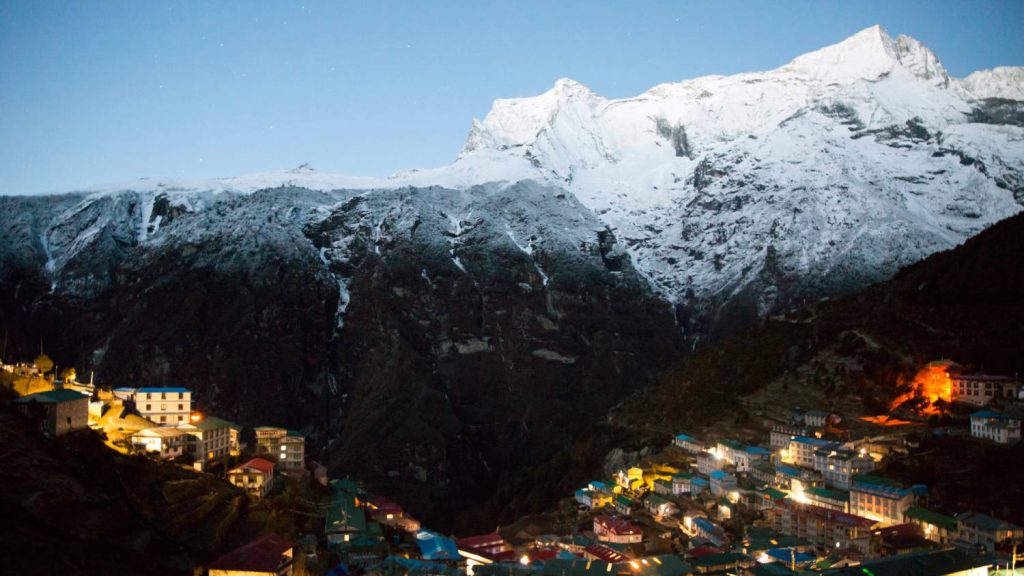


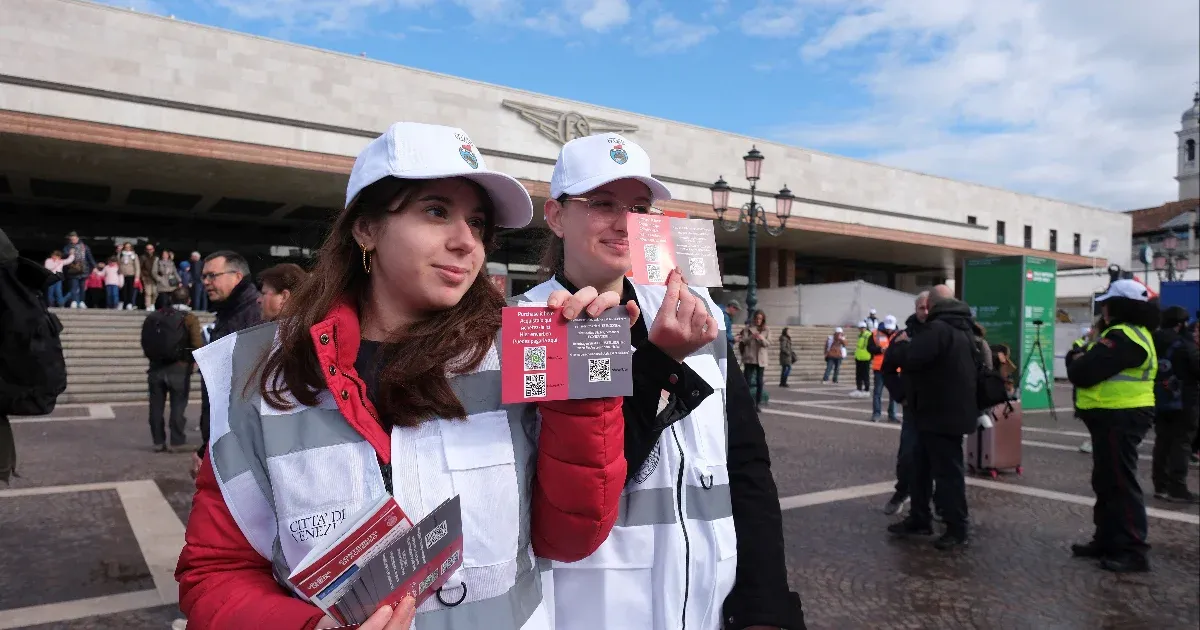

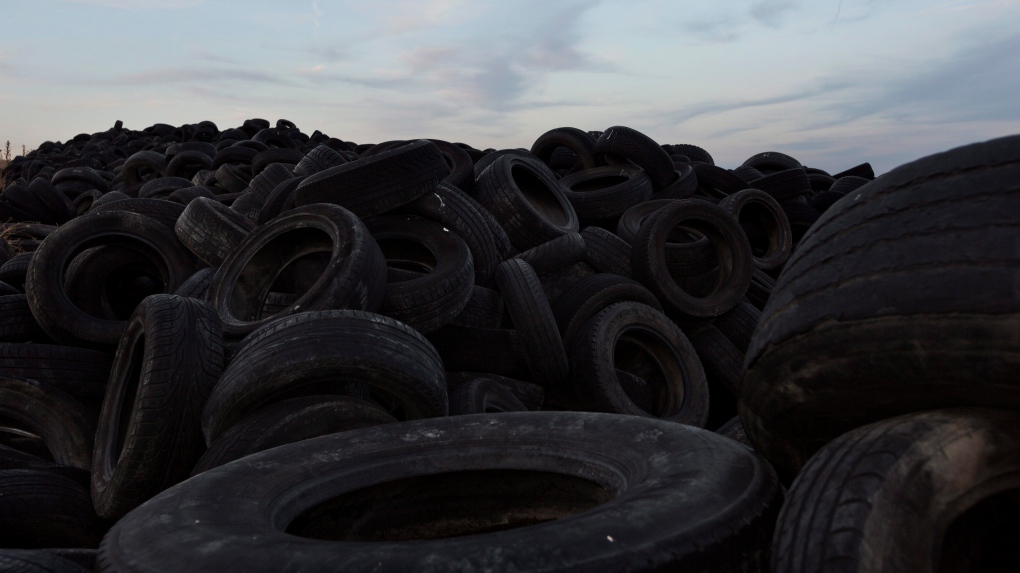



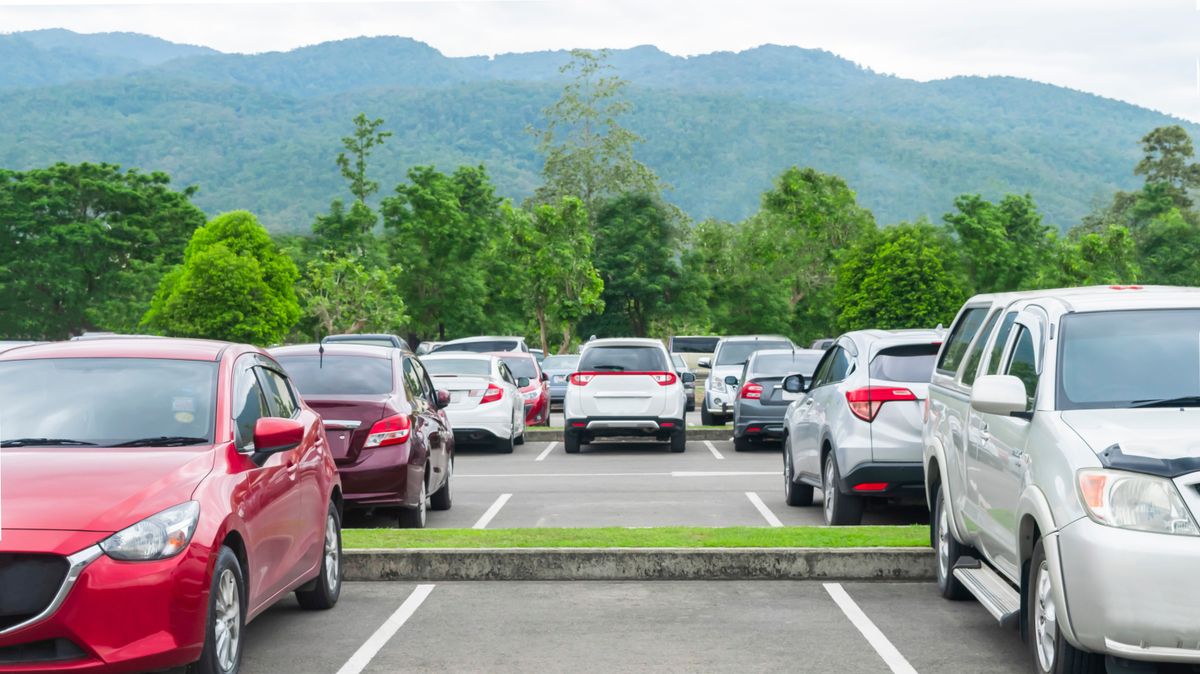
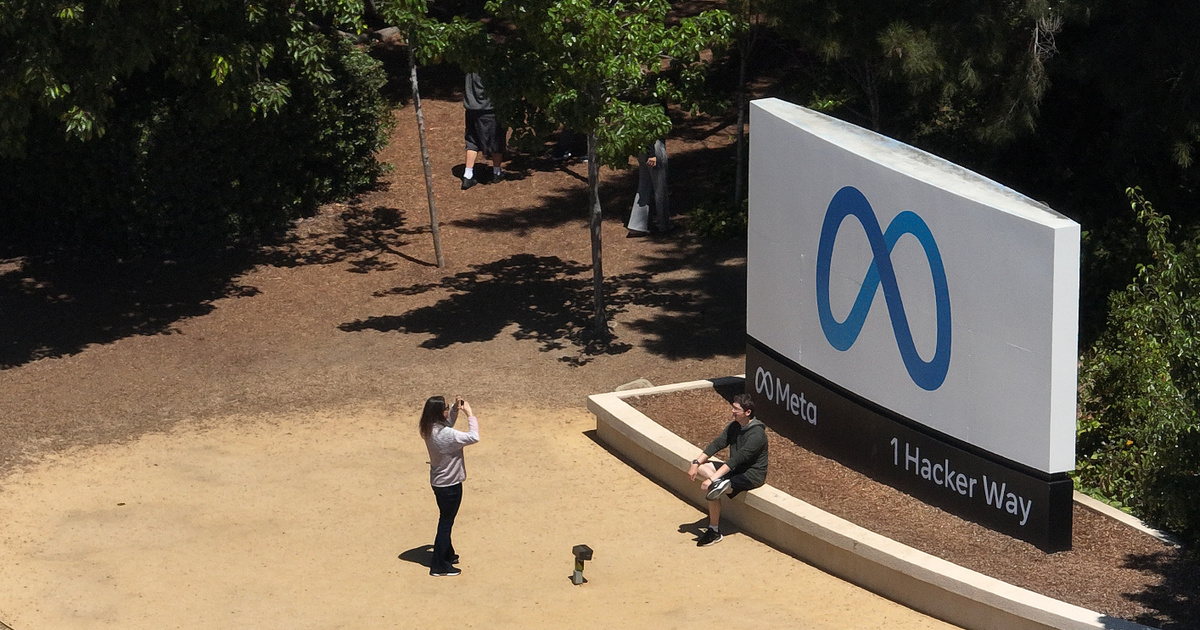
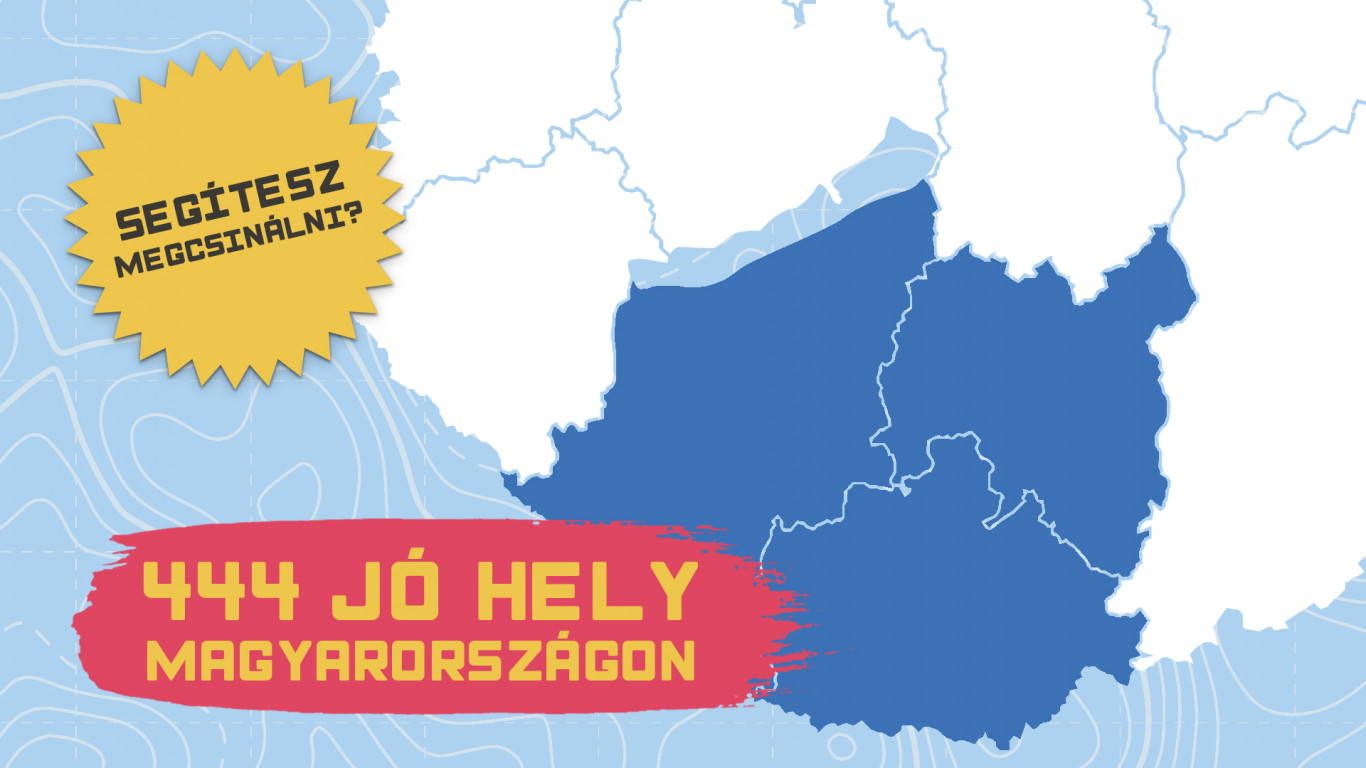



![Does the Nintendo Switch 2 not even reach Steam Deck's performance? [VIDEO]](https://thegeek.hu/wp-content/uploads/sites/2/2023/06/thegeek-nintendo-switch-2-unofficial.jpg)














